While millions of American’s tune in to the Super Bowl to see which team will ultimately take home the Lombardi Trophy (the name of which I did have to look up), many movie buffs tune in for the exclusive new trailers and TV spots. While Disney released an exciting look at the new film Raya and The Last Dragon, which promises some much needed Asian representation to the studio, perhaps the most exciting trailer was for the loooong-awaited sequel Coming 2 America.
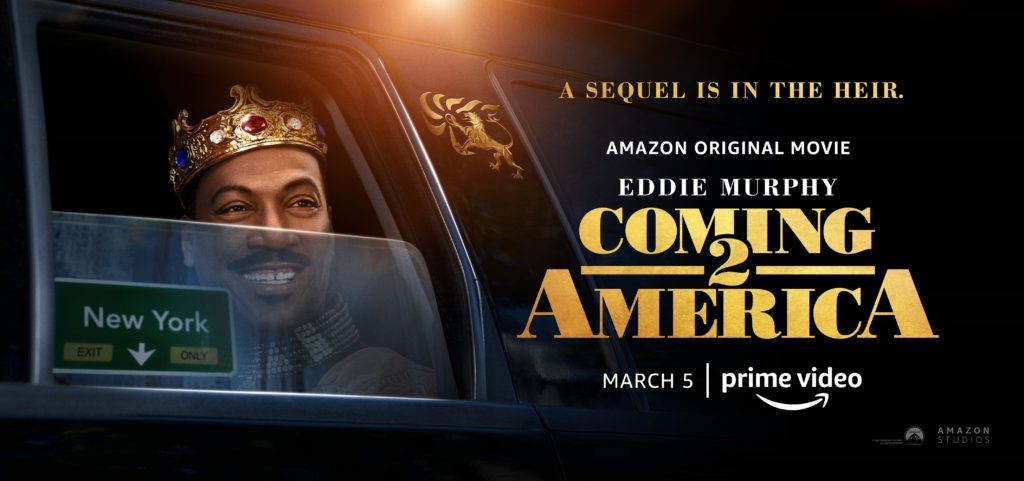
33 years ago, the original Coming To America, starring Eddie Murphy, Arsenio Hall, James Earl Jones and Shari Headley debuted, with a strong box office but weak critical reception. Yet somehow, even with a fairly neutral , even after all these years, the excitement for the sequel is just as hype as ever. But the quality of this film that makes it so ageless is a quality that can’t truly be measured by any aggregate score: and that is the cultural impact.
Seeing a movie in the theater when it first debuts, it’s hard to truly gauge how influential it may become. Even in the age of social media, it takes time to determine whether or not a a piece of media will be a hot moment, or a cultural touchstone. Although I cannot speak for the time in which Coming To America was released, I can say that it has been on my radar in terms of classic comedy, as well as a reference for aesthetics and fashions.
Certain films and shows bring such interesting new style that can become instantly recognizable, whether it’s the metallic grunge of Mad Max, the naturalistic horror of Pan’s Labyrinth, or the glittery haze of Euphoria. Although Coming To America is a fairly formulaic, fish out of water plot, the overall impact is in the elaborate, regal African fashions and set designs. In fact its no surprise the costuming and makeup were both nominated for Academy Awards in the year 1989.
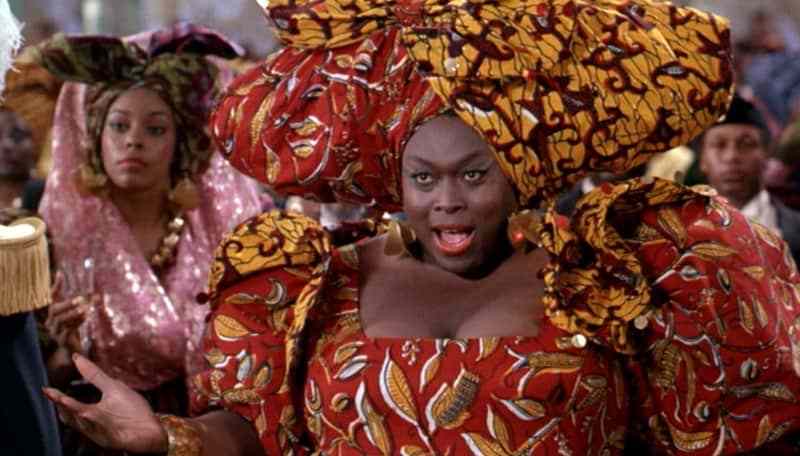
Designed by Deborah Nadoolman Landis, the wife of director John Landis, the costuming takes inspiration from traditional fashion of the Ivory Coast, Gambia, and Senegal, combined with a high fashion twist inspired by 50’s Christian Dior. Landis, who is actually White, wanted to take very particular care to make sure the costuming reflected the beauty of African culture. Her work has since been praised by Ruth E. Carter, the award-winning genius behind Black Panther’s much beloved costume design. Carter will be taking on the role of costume designer for Coming 2 America as well.
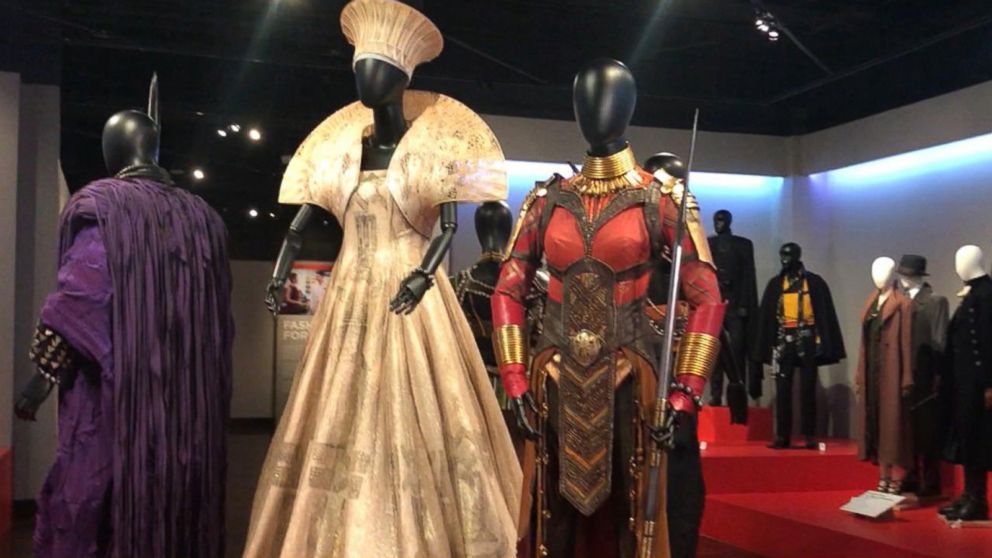
It’s no surprise many people draw parallels between Coming To America and Black Panther, as they are arguably the two most commercial successfully black-led films, both of which depict a prince from a fictional African nation. In many ways, Coming To America proved that these kinds of stories could be a major hit with audiences. Even in the trailer for Coming 2 America, Leslie Jones’ character hilariously compares Zamunda to Wakanda, which Eddie Murphy’s Prince Akeem assures her, is fictional. The films also have had a similar impact on black culture as well, permeating other forms of media: such as Lizzo’s reference to Soul Glo in her music video for Juice, or Beyoncé and Jay-Z’s Halloween costume inspired by the film.
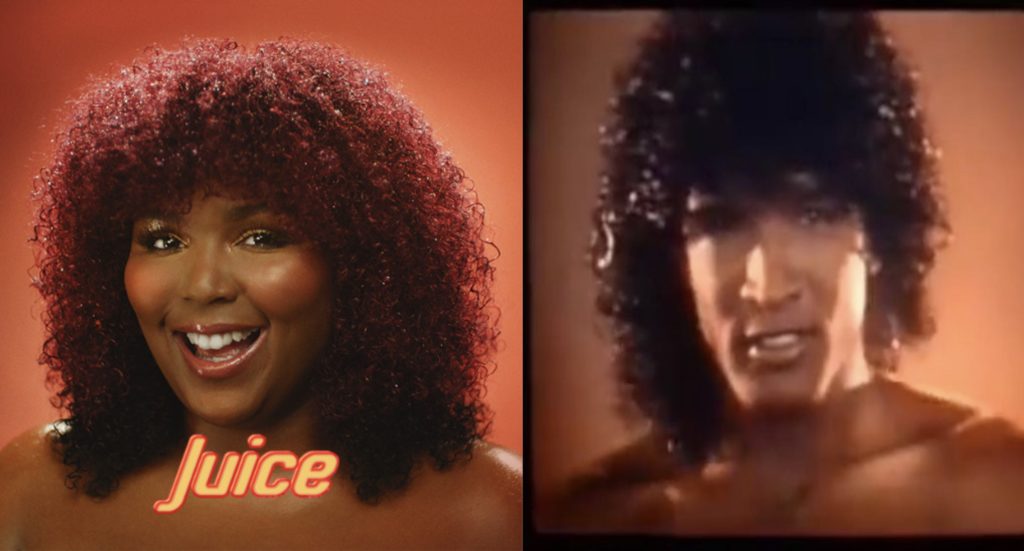
The key element of Coming To America that makes it such a beloved cult classic is the way in which it ultimately celebrates black culture. Rather than portraying Africa as some desolate, impoverished land as many would have you believe, it’s America that is comparatively the dump. The humor punches up on corny pop stars like Darryl and American fast food businesses.
The new sequel, which sadly had its theatrical release updated to a streaming release, hopes to offer a reverse of the original one, bringing Akeem’s estranged son to Zamunda to experience their royal culture. It promises to bring more comedy, more heart, and hopefully, even more fashion. It will be streaming on Amazon Prime on March 5th.
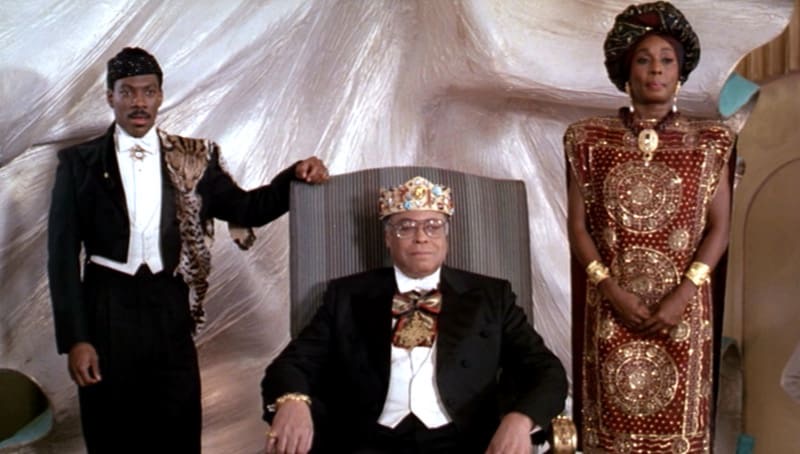
Comments
One response to “How Coming To America Managed To Stay Relevant 30 Years After Its Release”